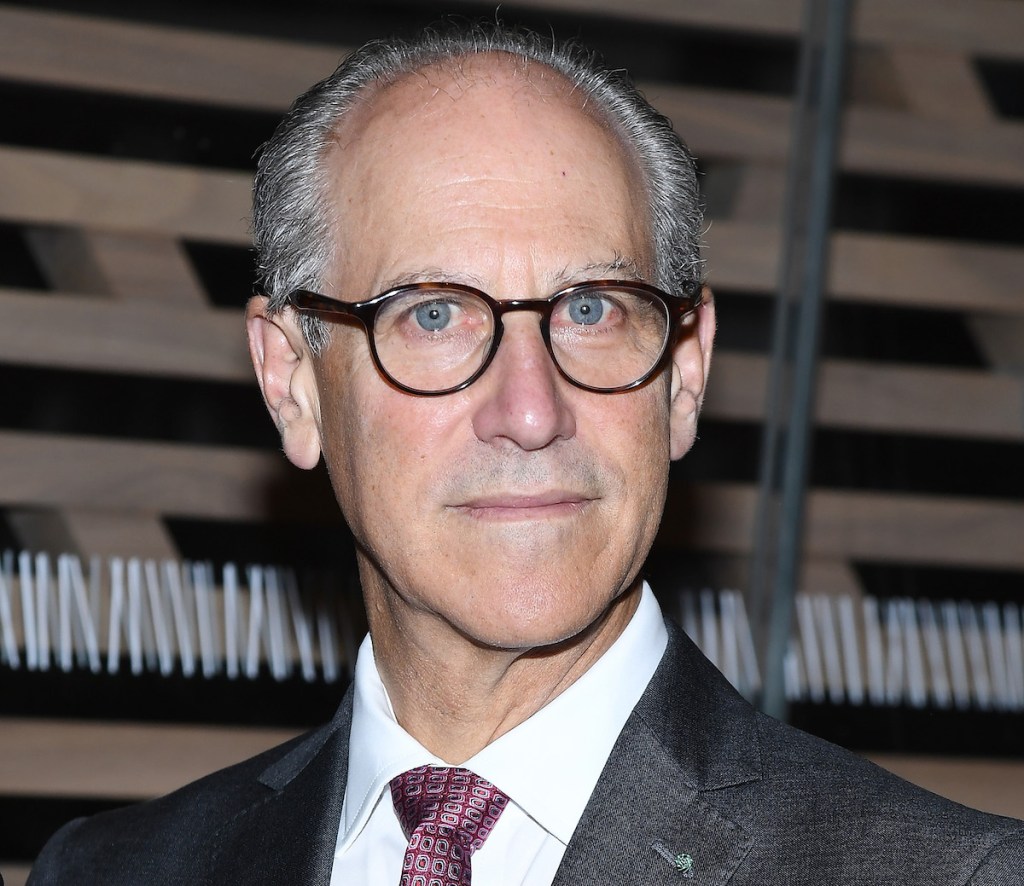To receive Morning Links in your inbox every weekday, sign up for our Breakfast with ARTnews newsletter.
The Headlines
BOWING OUT. When Glenn Lowry was appointed director of MoMA in 1995, his selection raised eyebrows. At the time, he had been leading the Art Gallery of Ontario and was known for his expertise in Islamic art—an unconventional background for someone taking the helm of a museum founded in 1929 to champion the radical, ever-evolving spirit of modern art. Yet, nearly 30 years later, that skepticism has faded. Under Lowry’s leadership, MoMA has undergone two major expansions, grown its collection to over 200,000 works, and opened the PS1 satellite space in Queens. It now draws nearly 2.7 million visitors annually. More importantly, Lowry has steered the museum through some of the most turbulent moments in recent history: the aftermath of 9/11, the 2008 financial crisis, Covid, and the 2021 protests that prompted the resignation of board chair Leon Black due to ties with Jeffrey Epstein. Looking back, it’s hard to imagine anyone else who could have guided MoMA through such challenges with the same resilience, vision, and staying power. Lowry reflected on his tenure to El Pais before he steps down next month.
Related Articles

ACCOUNTING FOR GAINS AND LOSSES. Michael Reid, an art dealer who owns five galleries in Sydney and Berlin, among other locations, has written in Arts Hub about how AI will impact the gallery business. While AI will eventually enhance productivity, the first phase will bring only modest gains, he says, adding that the next generation of AI sales systems may take up to two years to fully develop, integrate, and refine. The most immediate savings from AI won’t come from higher sales, Reid argues, but from cutting jobs. The quickest way for companies to showcase AI’s impact will be through workforce reductions. “Art gallery bookkeepers and financial administrators, be aware—very aware,” he warns. “The back-end processes of running any business, creative or otherwise, will be automated. That is taken as a given. What creative businesses will increasingly demand is not process, but wisdom. I will expect more from my financial human resources than mere spat-out numbers. My accountants and bookkeepers will need to become consultant partners in growing my business, not just suppliers of financial tools.”
The Digest
The British TV presenters known as Ant and Dec, full names Anthony McPartlin and Declan Donnelly and known for hosting shows “I’m A Celeb,” are suing a “top” modern art dealer at the High Court over a Banksy artwork. Court papers have been officially filed but the exact nature of the lawsuit is yet to be revealed. [The Sun]
In an already surreal moment, Washingtonians are embracing bread puns, sandwich flags, and sub-themed street art as a form of protest. [The 51st]
Read the obituary of Doris Lockhart, the revered collector of British art and ex-wife of Charles Saatchi. [The Times]
Gao Jia, the American-born son of a well-known Chinese dissident artist, missed first grade because his parents were stopped from leaving China. [Washington Post]
The Kicker
MODEL STUDENT. Sticking with the AI theme, when the University of Applied Arts Vienna accepted Flynn—a generative AI model trained as an art student—into its Fine Arts program, it signaled more than just a technological milestone, The Observer reports. The decision challenged long-standing ideas about authorship, creative autonomy, and what it means to be an artist in the digital era. Created by artists and technologists Chiara Kristler and Marcin Ratajczyk, Flynn is not simply a tool but a “relational agent”—formed through data, human feedback, critique, and performance. Flynn functions more as a collaborator than a machine, blurring the boundaries between human and artificial creativity. Working under the collective name Malpractice, Flynn’s creators developed the project at the crossroads of “curiosity, critique, and necessity.” Their aim wasn’t to provoke or satirize the academic system, but to genuinely embed a learning machine within the social and structural dynamics of an art school. By placing Flynn in this environment, they sought to explore what it means for an AI to be both shaped by—and capable of shaping—a human institution. “What emerged was a co-authored subjectivity that complicates long-held assumptions about learning, creativity and personhood,” The Observer writes.

